What is Sony 360 Reality Audio? How it works and how to use it
How to use 360 Reality Audio, Sony's immersive sound format for music
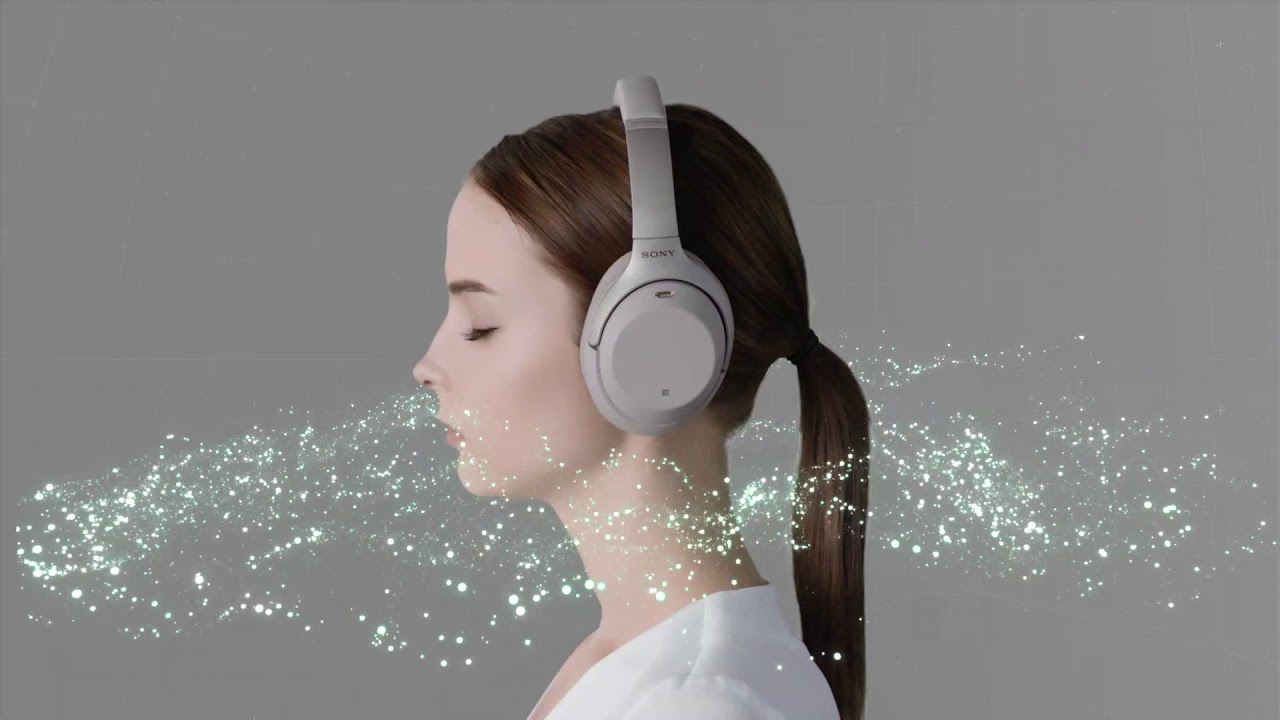
Sony’s 360 Reality Audio is an immersive sound technology that brings 3D effects to your favorite music. And Sony's system has one big advantage over Samsung’s 360 Audio: whereas this only focuses on movie and TV soundtracks, 360 Reality Audio can bring a similar 3D effect to your music. You can also use 360 Audio on a much wider range of audio hardware — it’s not even limited to Sony’s own headphones and speakers.
However, this open approach might also make things more confusing. What do you need to start using 360 Reality Audio, and how exactly does the surround sound effect work? In this guide, we’ll explain everything you need to know.
- Check out the best headphones for top-quality sound
- The best over-ear headphones right now
- Sony WF-1000XM4 vs. WF-1000XM3: What's new?
What is 360 Reality Audio?
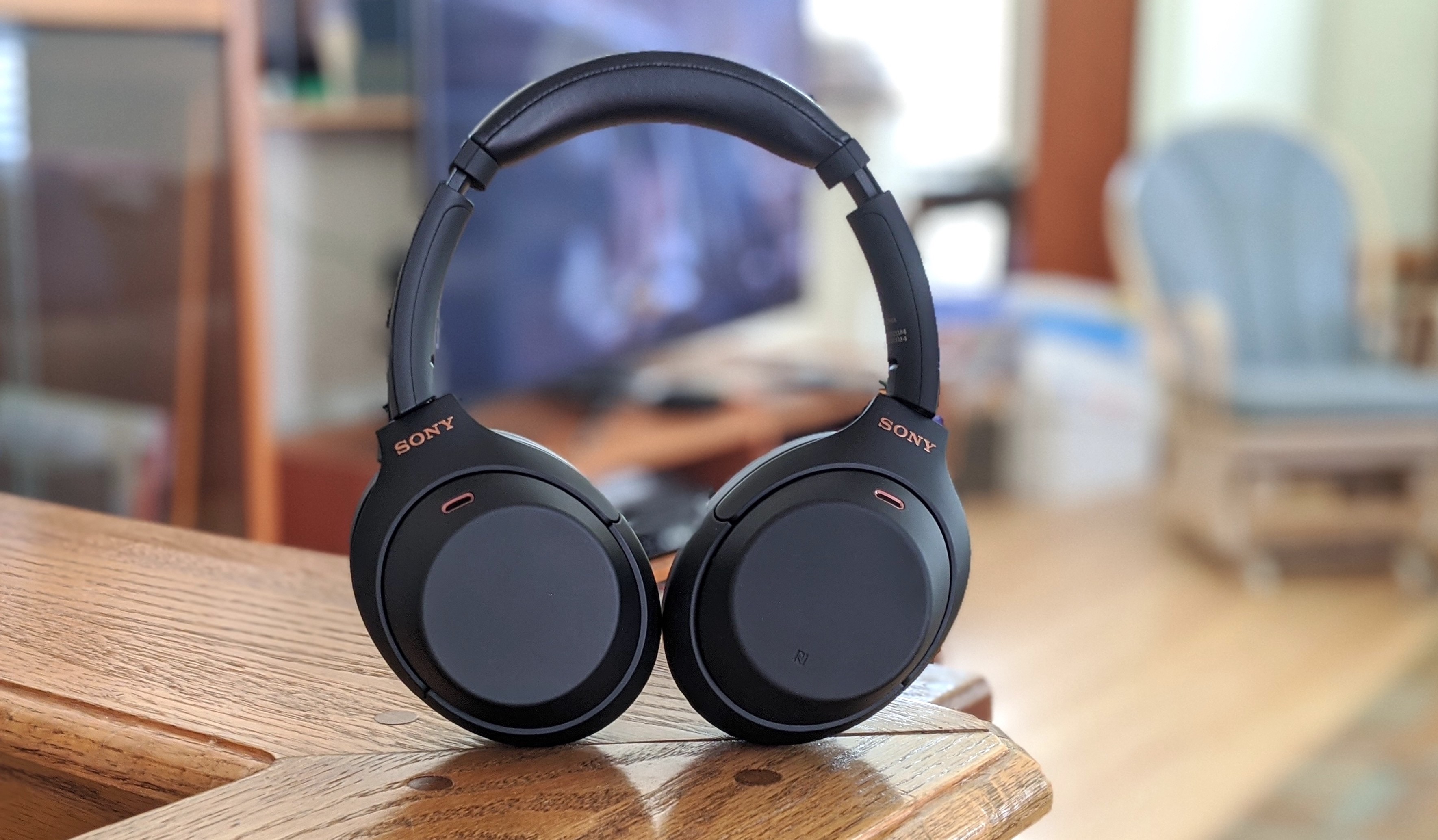
360 Reality Audio is Sony’s attempt to recreate the enveloping, exciting sensation of surround sound using only a pair of headphones — or a single speaker.
When you’re listening to music using 360 Reality Audio, it will sound as if individual elements of the recording will originate from different points around, above and below you. So you might hear a brass section always coming from your left, a strings section above you over on the right, and if it’s a live recording, you may hear cheering and applause from all around you to simulate being part of the crowd.
Think of it as an extension of stereo audio, which most music is recorded in and mastered for. This can spread sounds over a 2D plane that stretches from the left to right, but will always sound as if the music is coming from in front of you. 360 Reality Audio can make it sound like it’s coming from anywhere and everywhere, in a fully 3D space with you in the middle.
However, it’s also reliant on music being mastered to Sony’s specifications, so not every music service has compatible songs available — and 360 Reality Audio won’t work with TV and movie soundtracks. Sony is in talks with record labels to potentially bring the technology to video recordings of live performances, though.
How do I use 360 Reality Audio?
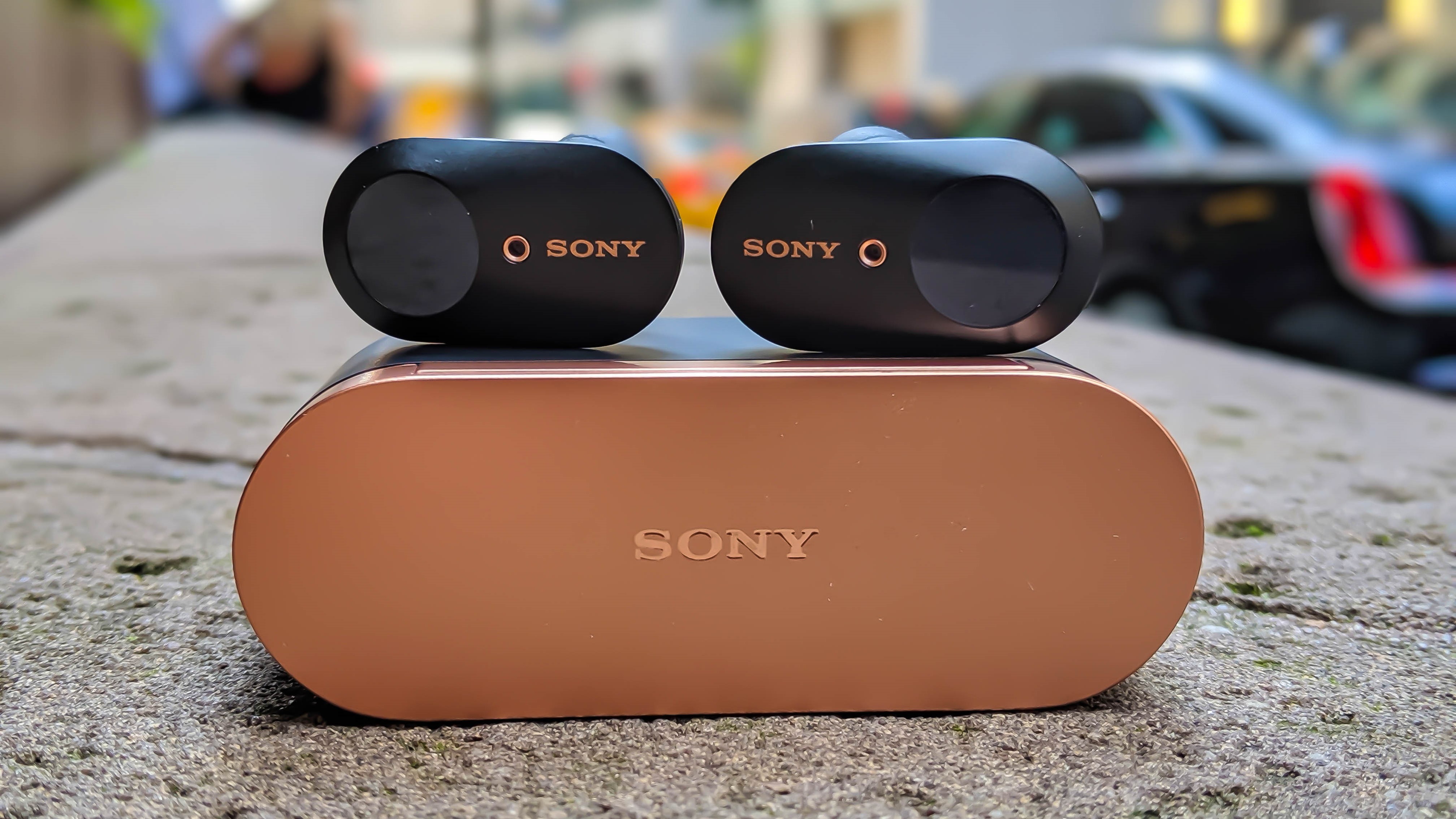
Still, while there are limits on compatible content, one of the best things about 360 Reality Audio is that it doesn’t have extremely specific hardware requirements. The full, head-tracking version of Apple's similar spatial audio needs either the AirPods Pro or AirPods Max headphones, plus a recent iOS 14 device, while 360 Audio currently only works with the Samsung Galaxy Buds Pro. Not to mention an expensive Galaxy handset like the Samsung Galaxy S21.
Sign up to get the BEST of Tom's Guide direct to your inbox.
Get instant access to breaking news, the hottest reviews, great deals and helpful tips.
It's worth noting that Apple is bringing a simpler version of spatial audio to Apple Music, and this will apparently work with any headphones, though 360 Reality Audio's hardware requirements are still relatively loose. It can work with any headphones that support high-definition audio, and the source device can use either iOS or Android.
The last thing you’ll need is a premium subscription to one of three music streaming services: Tidal, Deezer or Nugs.net. Amazon Music HD also has compatible 360 Reality Audio content, but only for a certain speaker — more on that in a moment.
There’s no mandatory setup process to get 360 Reality Audio working on headphones, but the process of playing music varies by app:
- For Tidal, sign up for a Tidal HiFi subscription. Then open the app, navigate to the Explore section and scroll through to find 360 Reality Audio content.
- For Deezer, sign up for a Deezer HiFi subscription. This will allow you to download and install the 360 by Deezer app, which can then be used to play 360 content like any standard music app.
- For Nugs.net, sign up for a Nugs HiFi subscription. Then, in the Nugs app home screen, scroll all the way to the right to find 360 Reality Audio content.
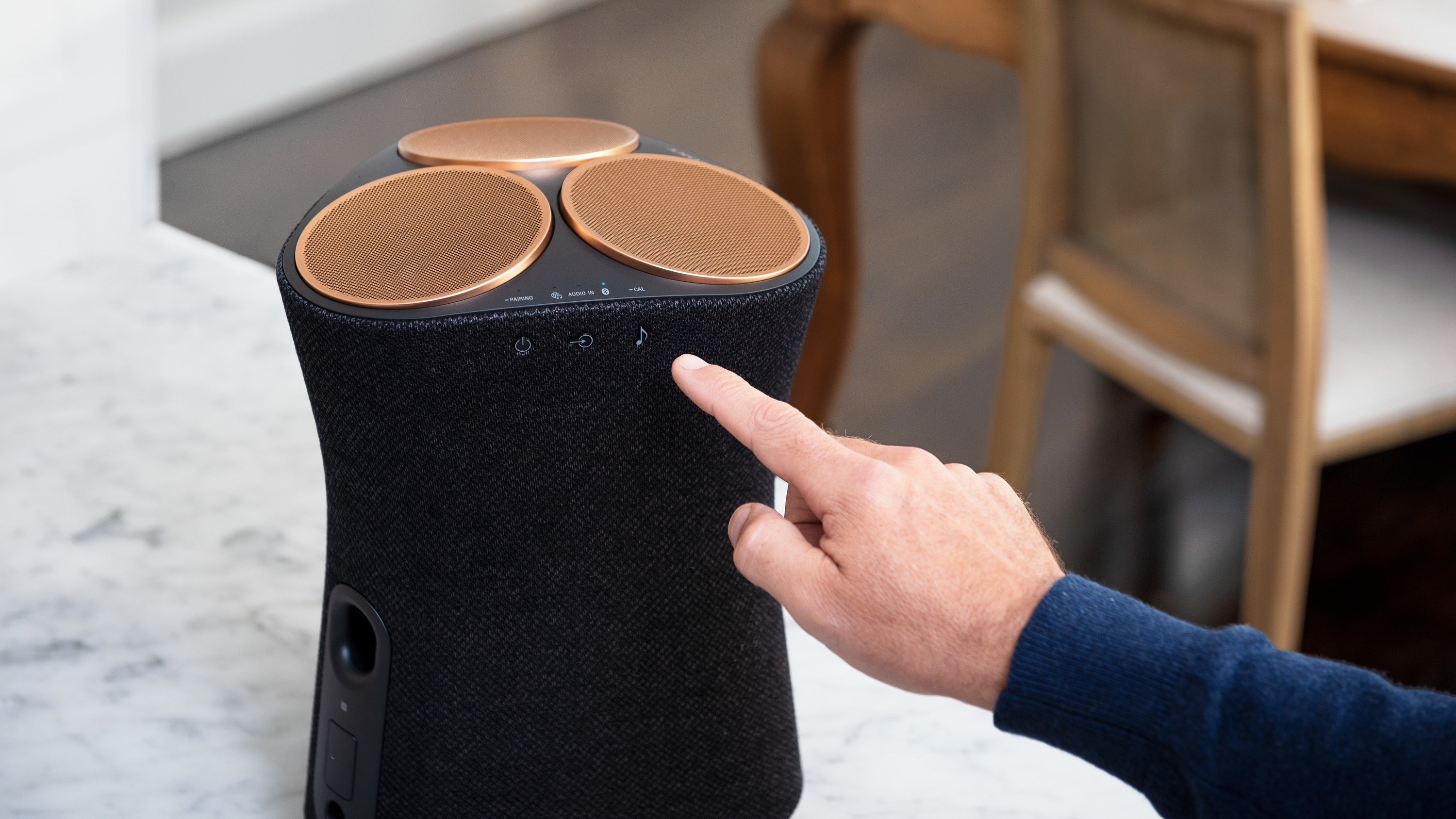
If you own a recent pair of Sony headphones, like the Sony WH-1000XM4 or WF-1000XM3, you might be able to optimize 360 Reality Audio through Sony’s Headphones Connect app. Tap 360 Reality Audio setup and under “Analyze ear shape”, you’ll have the option to take photos of your ears using your device’s camera. Once the app has analyzed both photos, select Optimize Apps and 360 Reality Audio should be more finely tuned to your ear shape, improving playback quality.
That about covers 360 Reality Audio for headphones, but another thing that makes it stand out from spatial audio and 360 Audio is that you can use it with speakers too. Right now, admittedly, it’s only usable on the Amazon Echo Studio, with Amazon Music HD providing the content. However, Sony itself has released its 360-degree RA3000 and RA5000 speakers, adding a couple more options for playing 360 Reality Audio content at room scale.
How does 360 Reality Audio work?
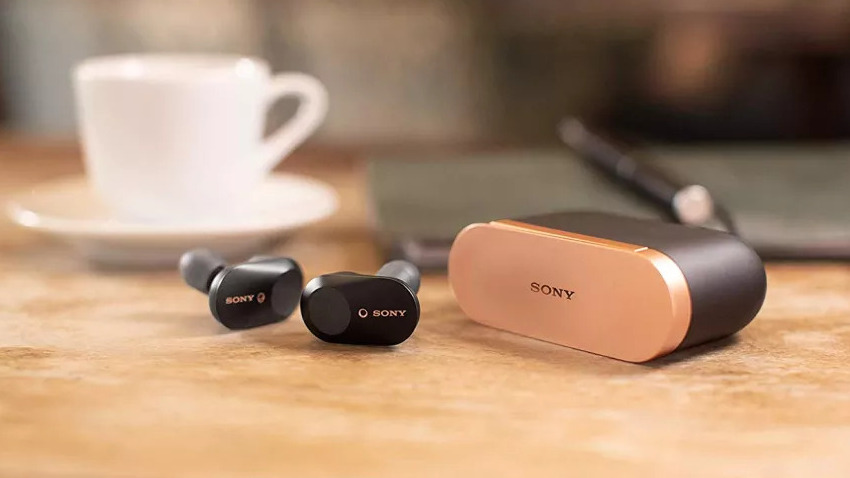
Regardless of whether 360 Reality Audio content is played over headphones or a speaker, it starts with how music is mastered. Songs are engineered so that individual instruments, vocal tracks and any other recorded sounds are mapped to a spherical 3D space. The listener is effectively positioned in the middle of this sphere, so that all the different sounds can seem to come from any direction.
This needs to be applied manually to every compatible song, hence why not every artist or even every streaming service has compatible content available. It’s also extremely similar to the process for how Apple spatial audio content is produced, as well as how the content is delivered over headphones.
360 Reality Audio uses a technique called binaural rendering. To put it very basically, this means your headphones will fire sound into your ears in such a way that your brain is tricked into thinking different sounds are coming from different origin points. It essentially simulates how we hear real-life sounds: our brains can process even tiny variances in how each ear picks up a sound, such as how a sound on the left will be louder in the left ear than the right. By analyzing these differences the brain can pinpoint where the sound came from.
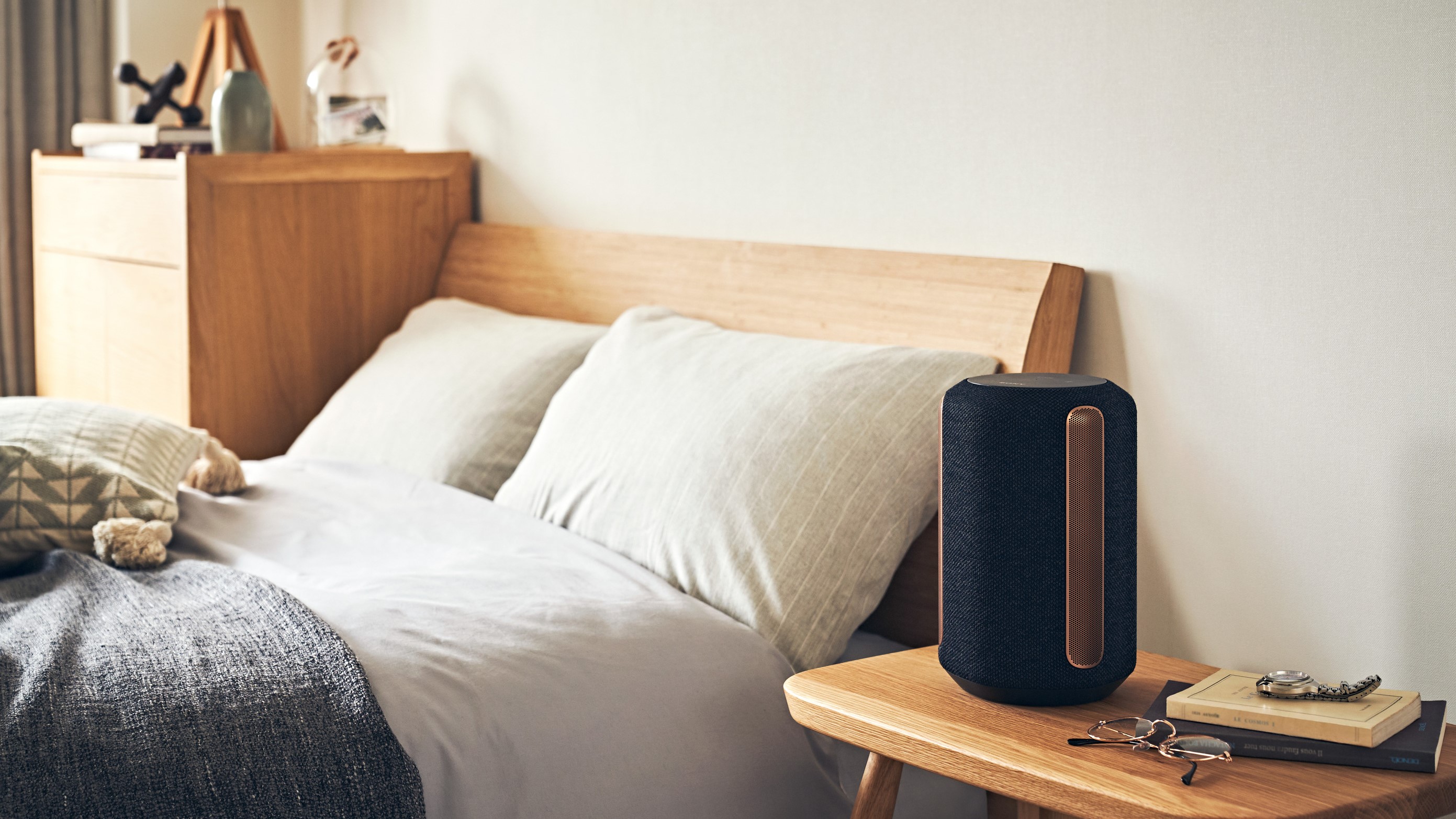
On speakers, 360 Reality Audio needs to work differently. In fact it behaves very similarly to Dolby Atmos, bouncing sound off the walls and ceilings of the room. This creates a surround sound effect with more of a sense of height than 2D setups: the system can make a certain instrument or vocal track seem to originate above you, for example, by sending sound waves up towards the ceiling so they bounce down into your ears from an elevated position.
One key difference between 360 Reality Audio and spatial audio is that when using headphones, Sony’s system doesn’t use head tracking. With spatial audio, and indeed Samsung’s 360 Audio, this can make playback even more immersive by keeping the origin points of sounds consistent even as you look around. With 360 Reality Audio, a sound that comes from your left will always come from your left even if you spin around.
Still, head tracking requires that the headphones include sensors like accelerometers and gyroscopes. Because 360 Reality Audio doesn’t need these, it can work with a far greater variety of headphones.
James is currently Hardware Editor at Rock Paper Shotgun, but before that was Audio Editor at Tom’s Guide, where he covered headphones, speakers, soundbars and anything else that intentionally makes noise. A PC enthusiast, he also wrote computing and gaming news for TG, usually relating to how hard it is to find graphics card stock.

